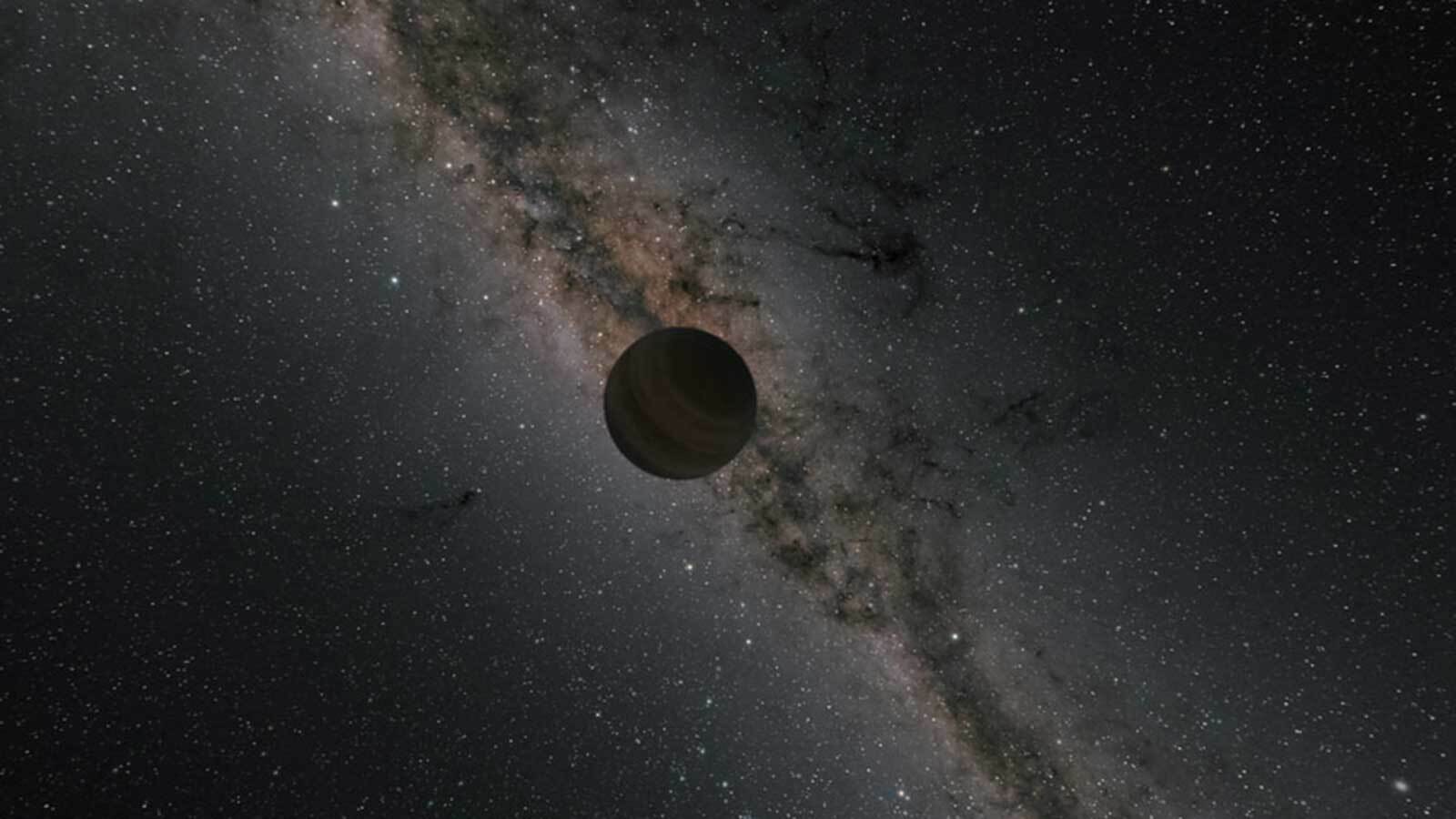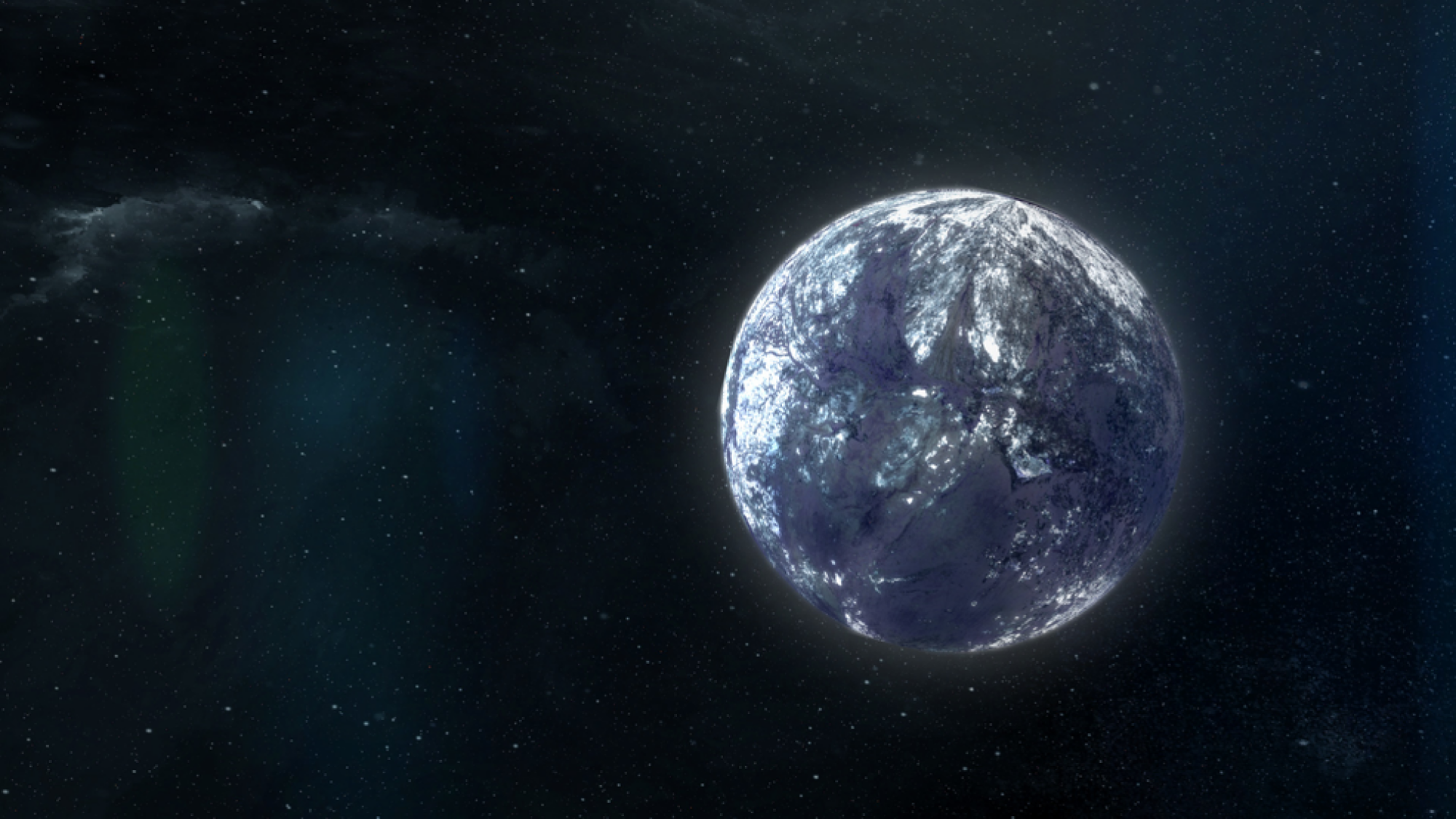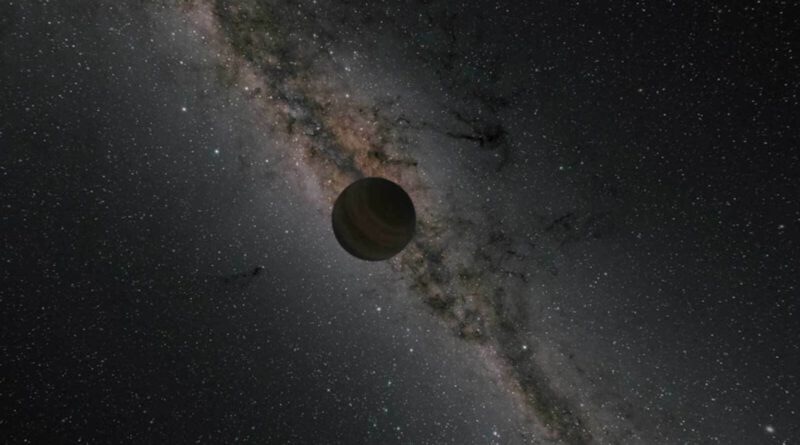NASA thinks space is teeming with planets that have gone rogue

In elementary school, you might have learned what a planet is: big, round, and orbiting a star.
But there’s another category of planets — one that probably eluded your teacher — that only partially meets that definition. Over the years, scientists have found worlds that appear to aimlessly wander space alone, called rogue planets. New NASA research conducted with Osaka University in Japan proposes these isolated roving planets aren’t a mere exception to the rule, but far outnumber planets that have a host star, or stars, to guide them.
The team believes our galaxy holds 20 times more rogue planets than stars — that’s trillions of starless space nomads. Though scientists have tried before to estimate the population of these skulking orphan worlds, the new study is the first that is sensitive to detecting relatively lightweight planets like Earth. While previous searches discovered Jupiter-size rogues, the team surprisingly found Earth-size solo planets were much more common, Takahiro Sumi, an astrophysicist at Osaka University, said in a statement.
A survey was conducted over nine years at the Mount John University Observatory in New Zealand, using so-called microlensing techniques. The findings will appear in two papers in The Astronomical Journal. One will describe the discovery of a rogue planet about the same mass as Earth. The second will present the analysis that rogue planets are six times more abundant than starbound planets like Earth.
How does microlensing work?
Microlensing, based on the gravitational lens effect, happens when the rogue planet aligns with a star in the background. The foreground planet slightly warps the time and space around it.
NASA often uses the analogy of a bowling ball placed on a foam mattress or trampoline to illustrate how the fabric of spacetime bends. Light from the background star, that would otherwise travel straight, curves and gets distorted as it passes through warped spacetime.
This natural phenomenon also sometimes makes copies, the way a funhouse mirror can create multiple irregular images. Astronomers are now adept at spotting gravitational lensing in the sky. Those telltale peculiarities signal a free-floating planet’s presence.
“It’s very exciting to use gravity to discover objects we could never hope to see directly,” Sumi said in a statement.
Want more science and tech news delivered straight to your inbox? Sign up for Mashable’s Light Speed newsletter today.
How are rogue planets formed?
Scientists are still sussing out what makes a planet go rogue. Smaller planets aren’t bound as strongly to the stars that birthed them, so the probability of flinging out of orbit is greater. That’s one explanation for how planets could end up on solitary journeys through the cosmos.
Another is that these isolated planets were failed attempts at stars, perhaps too small to make their own light, though that concept works better to explain the larger-size rogues.

“It’s very exciting to use gravity to discover objects we could never hope to see directly.”
If the idea of “rogue Earths” thrills you, know this: These outcasts aren’t likely to have much else in common with our home planet other than their mass. But scientists are eager to study them for what they could reveal.
“The difference in star-bound and free-floating planets’ average masses holds a key to understanding planetary formation mechanisms,” Sumi said.
Microlensing events that lay bare rogue planets are rare, but NASA’s Nancy Grace Roman Space Telescope may provide a wider and sharper view of these solo worlds. The observatory is expected to launch into space in May 2027.
The team believes such a telescope could find 400 some Earth-size rogue planets. Naoki Koshimoto, who led the paper on the Earth-mass rogue discovery, said in a statement he’s looking forward to the potential for finding more lightweight loners.
“Roman will be sensitive to even lower-mass rogue planets since it will observe from space,” Koshimoto said.
